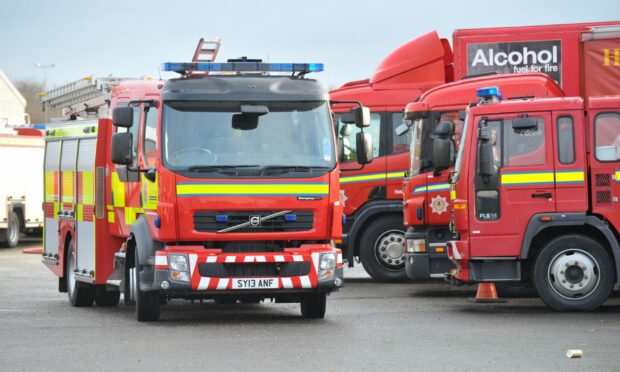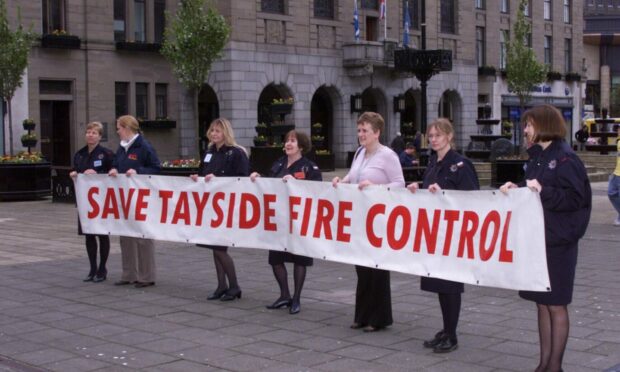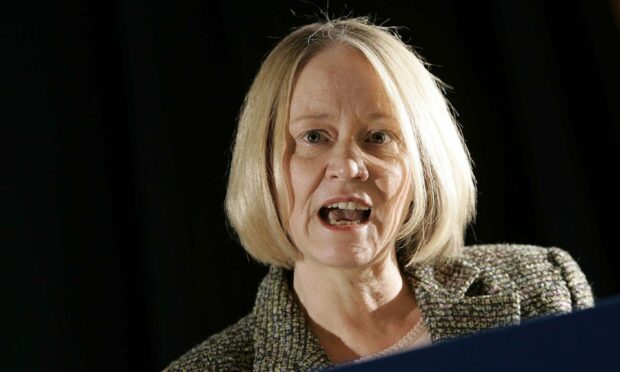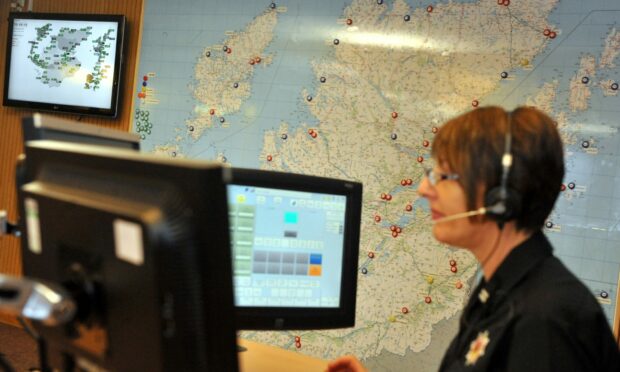Ministers in Holyrood’s last Labour-led administration believed it would “make sense” to close down local fire service control rooms – but they delayed the move amid fears of a backlash.
Cabinet papers from 2006 show how the Scottish Executive grappled with the controversial issue – and envisaged saving the Aberdeen facility instead of Dundee.
Uncertainty surrounded the future of Scotland’s eight fire control rooms from 2003 to 2007, when the newly-elected SNP government temporarily abandoned reform plans.
But the battle was soon reignited amid the drive to create a national Scottish Fire and Rescue Service.
In 2014 it was decided the Aberdeen, Inverness, Dumfries, Fife and Falkirk control rooms would shut, while Johnstone in Renfrewshire, Edinburgh and Dundee would remain open.
Labour and Lib Dem politicians were among the most vocal opponents of axing control rooms in local campaigns across the country.
But the newly-released Cabinet papers show how close the parties came to rubber-stamping the closures while in their final period in power.
Terror attacks
In February 2006, Justice Minister Cathy Jamieson took a report to the Cabinet discussing how the executive should proceed on the issue, after a 2004 study by consultants said the number of control rooms could be “rationalised” from eight to three, two, or one.
She highlighted another report which had been prepared by the Chief Inspector of Fire Services on the lessons for Scotland in the wake of the 2005 London bombings.
She said: “I am persuaded, for all the reasons mentioned in the Chief Inspector’s report and the Departmental analysis of the consultation response on control rooms, that it would make sense to reduce the number of control rooms to 3 – one in the north-east, one in the west, and one in the south-east”.
‘Broadly unhappy’
Ms Jamieson said people were likely to be “pleased in Strathclyde, Lothian and Borders, and Grampian, but broadly unhappy elsewhere”.
The report also suggests the Labour-Lib Dem executive was not ruling out a move to a single fire and rescue service (FRS).
“A decision to reduce the number of control rooms would mean that money could begin to be saved sooner and would not significantly close off other options – e.g. 3 control rooms would fit in 8, 3 or 1 Scottish FRSs,” it said.
A note of the Cabinet discussion of the report said: “The issues raised in the Chief Inspector’s report could not be ignored and decisions would have to be made soon.
“However, fire room closures would need to be handled carefully in terms of public presentation, parliamentary handling and their potential impact on an already unsettled industrial relations climate and it would therefore be appropriate to take a little more time to consider how these issues might be addressed successfully.”



